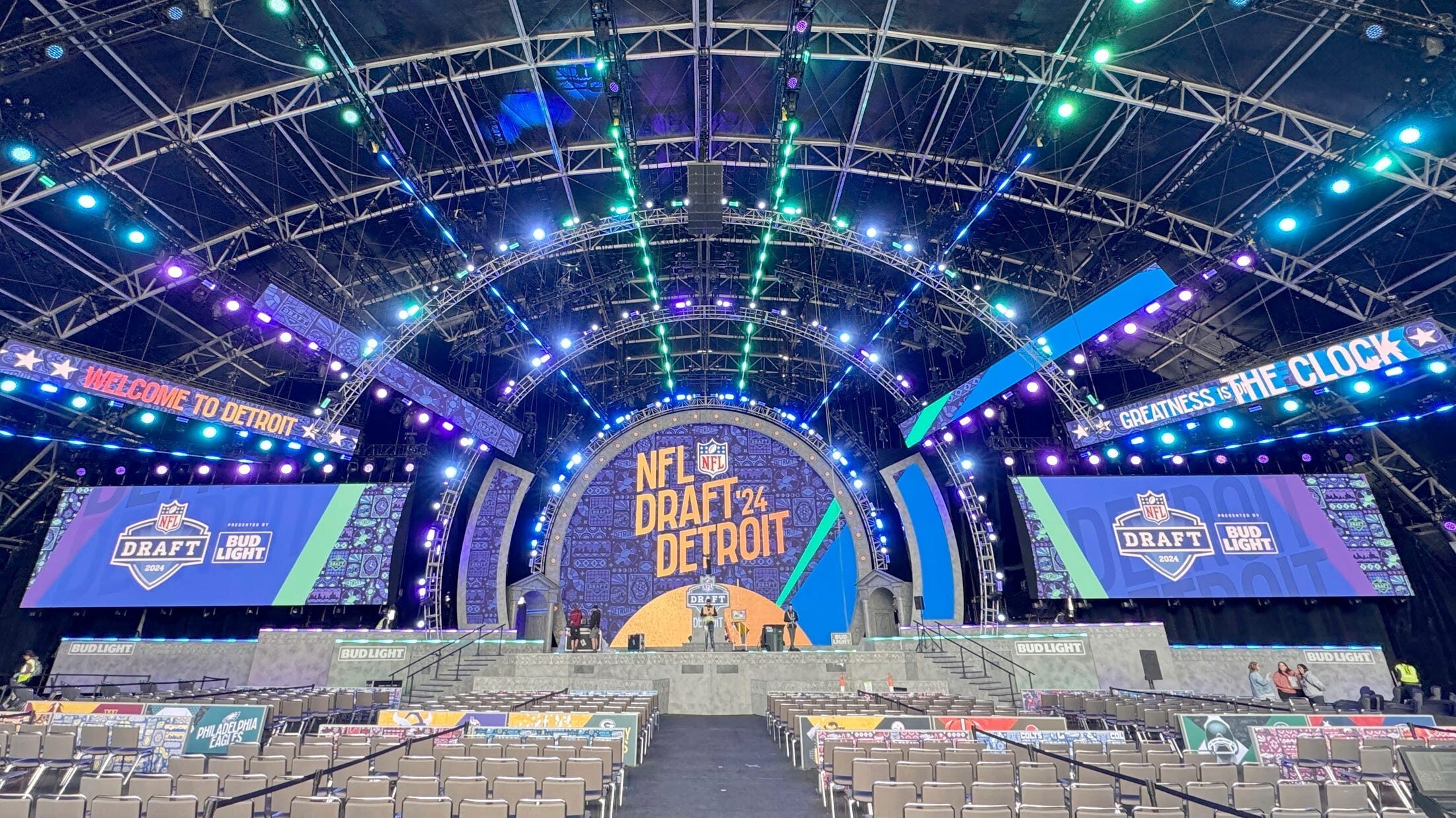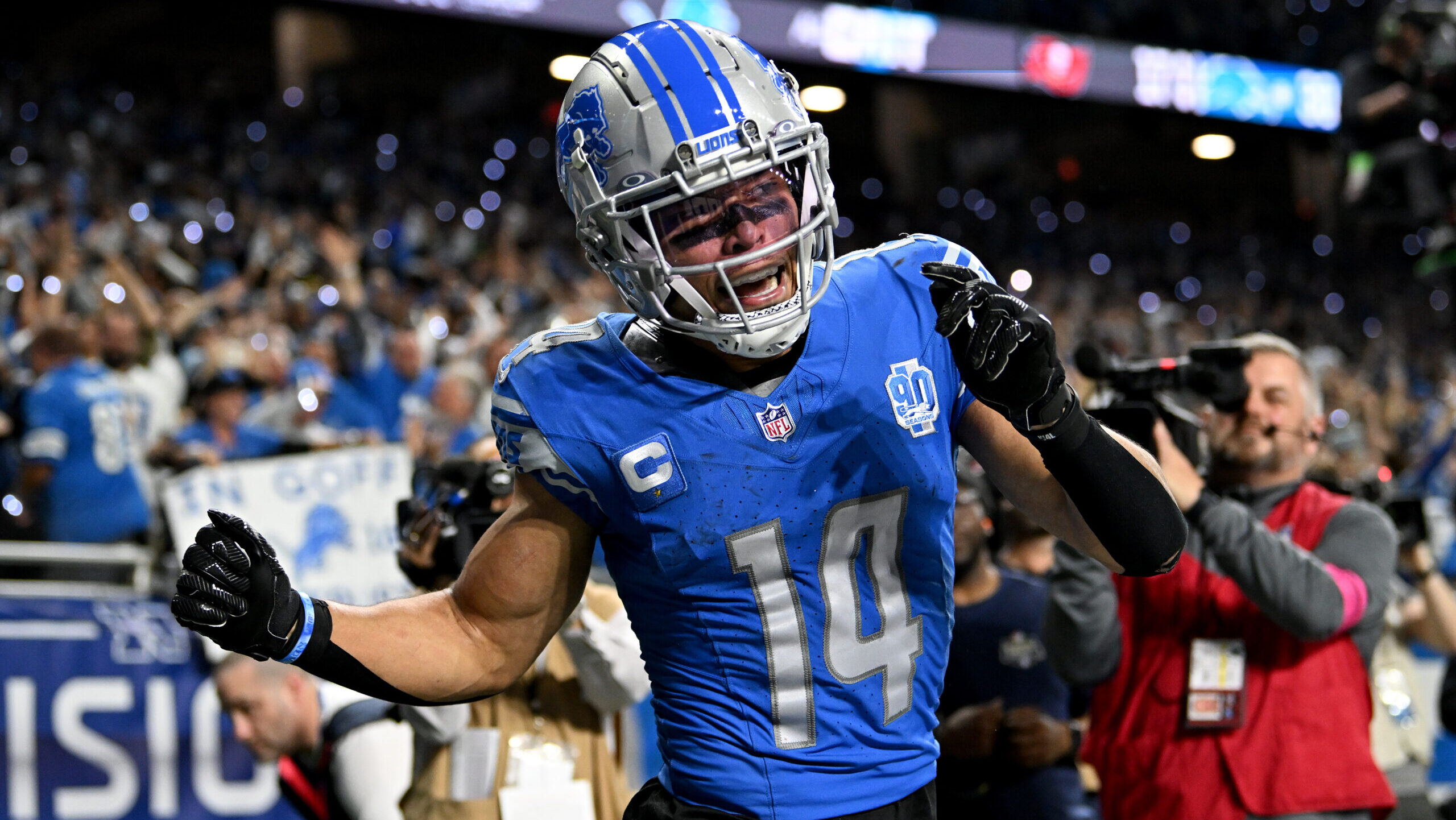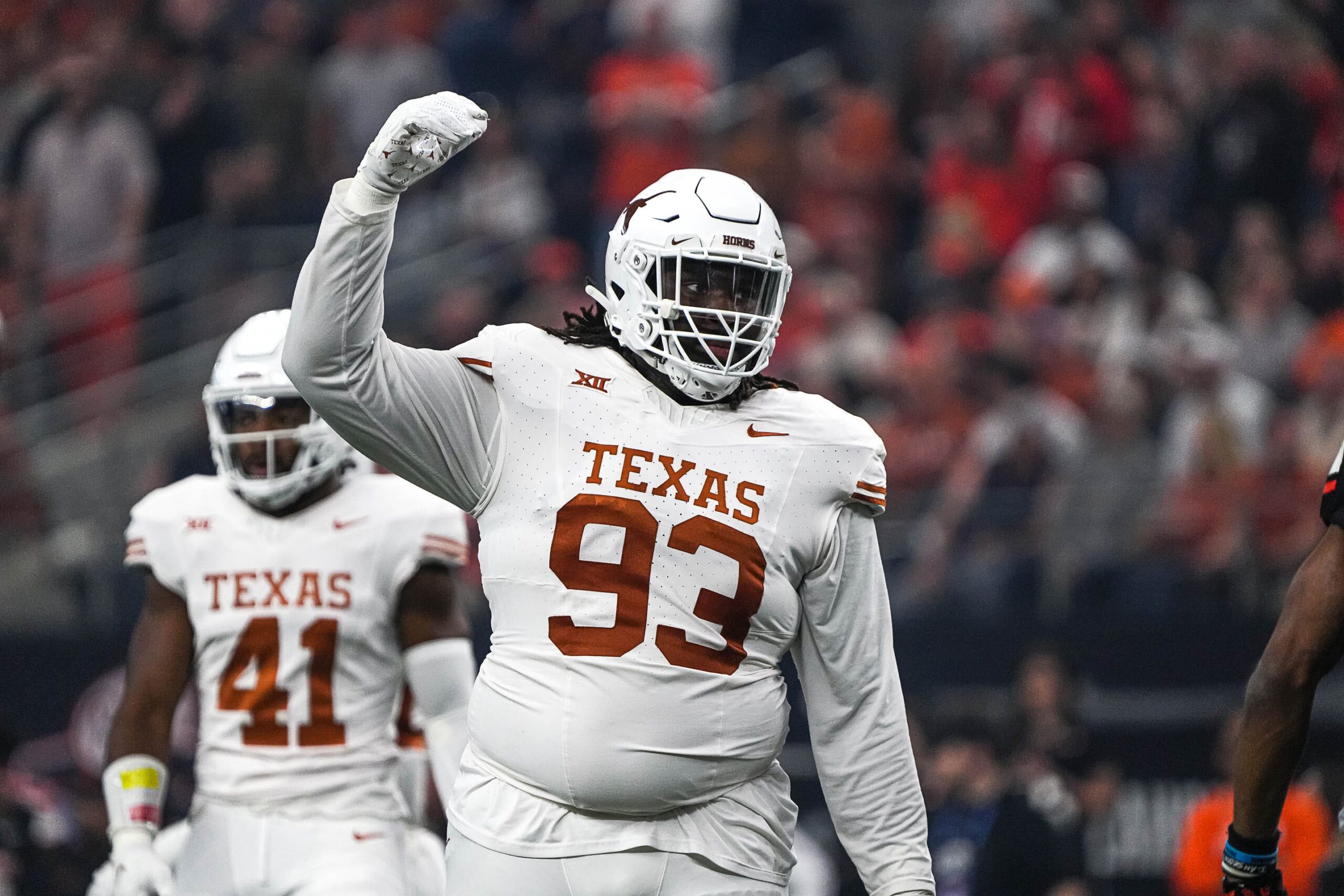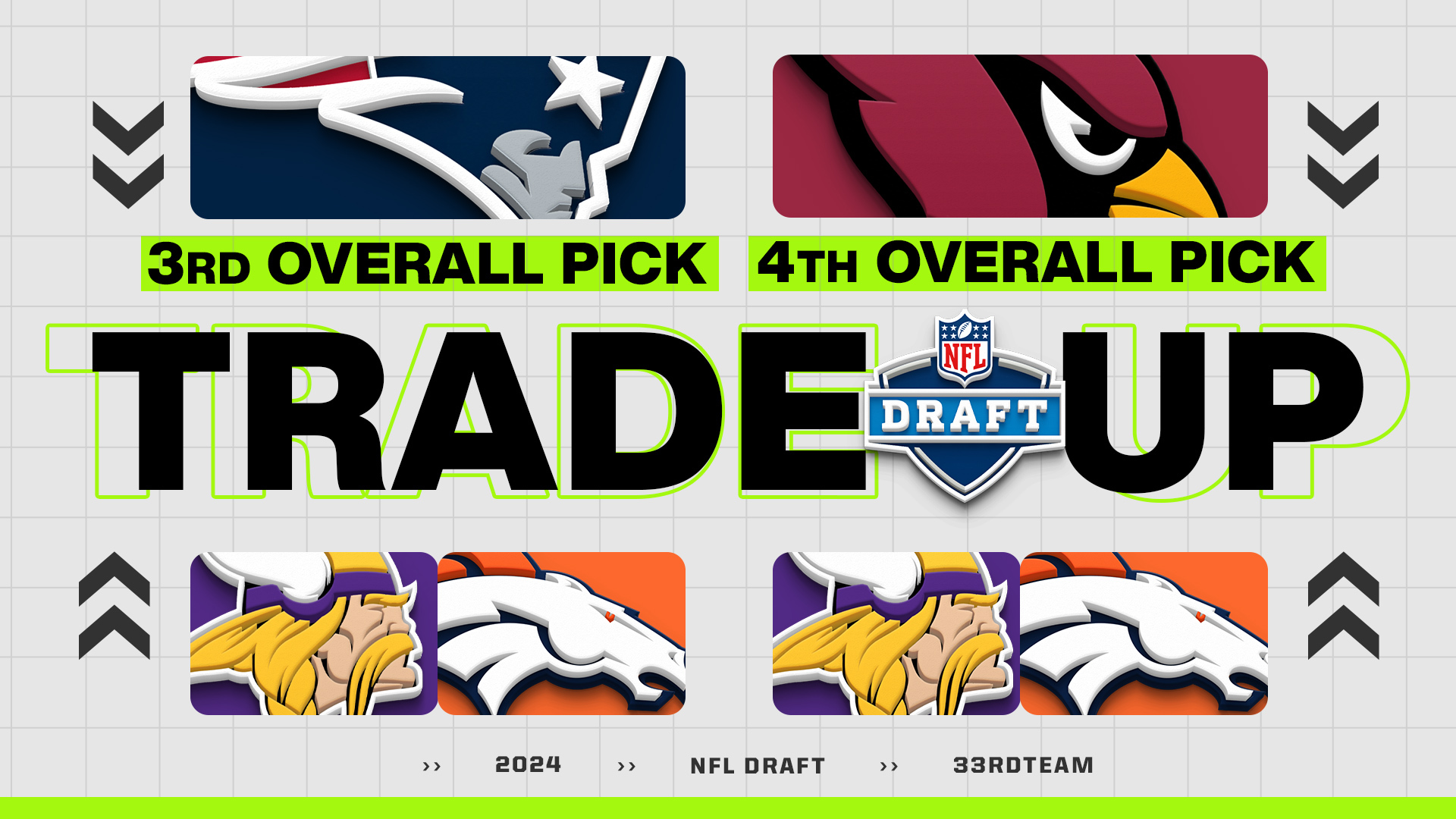News
6/6/23
15 min read
How Developments in Analytics Have Shifted NFL's Landscape
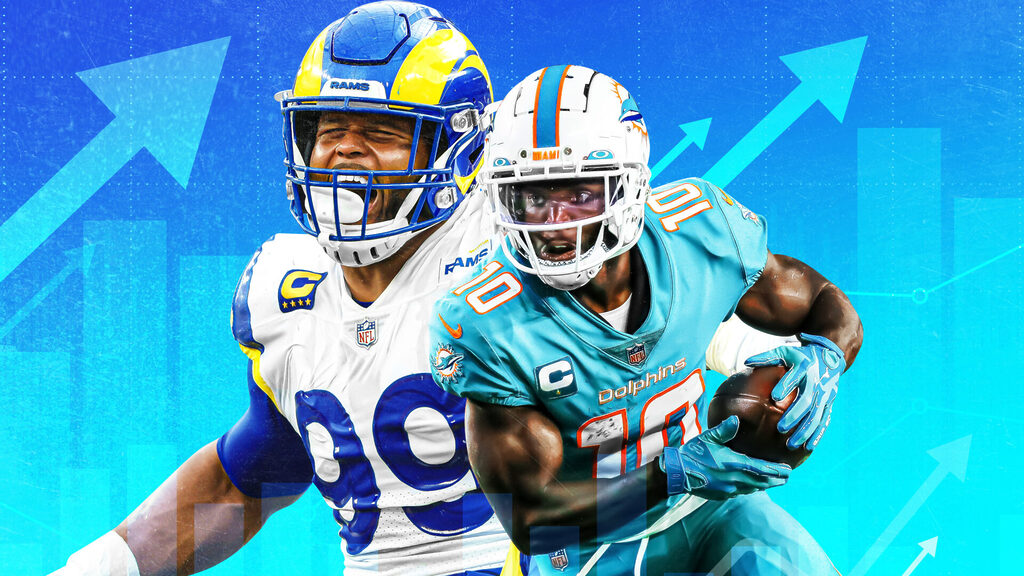
Jeffrey Lurie and Joe Banner entered the NFL in 1994 armed with loads of enthusiasm and plenty of ideas.
Lurie, who bought the Philadelphia Eagles that year for a then-record $185 million, and Banner, his longtime friend who accompanied him to Philly as his front-office lieutenant, brought a slightly different view of the game, which wasn’t necessarily shared by many of the league’s set-in-their-ways football people.
“We had some observations before we got into the league; basic things that nobody was challenging,’’ Banner said. “Things like the whole notion that you had to run early and couldn’t throw off play-action without running early and the notion that you had to wear down the other team by running.
“Things that, to this day, many people still say and believe. You’d talk to people and ask them why, and nobody really had an answer. And they weren’t going to listen to two guys like us who were being identified, and frankly, demonized at the time, as non-football guys.’’
Banner and Lurie thought that if they produced some analytical studies that proved their point, people would be willing to accept those conclusions. So, not long after buying the Eagles, Lurie brought in three professors from The Massachusetts Institute of Technology.
“They developed some stuff that probably wouldn’t even rise to the level of analytics today,’’ Banner said. “But they certainly were statistical advancements at the time.’’
And nobody but Banner and Lurie seemed to care.
“I was disappointed that they had absolutely no impact on anybody,’’ Banner said. “We had an offensive coach at the time, and I showed him a study the MIT guys had done. It showed that running on such a high percentage of first-down plays actually reduced the number of points you were scoring in a game dramatically.
“To say this coach went ballistic would be an understatement. He said to me, ‘Who the hell do you think you are, and do you really think that you know more [about football] than me?’ He said it was crazy and that people like us who had never touched a football needed to stop interfering with the football people.’’
Current Analytics Landscape
Times have changed, but not nearly as much as you might think. Unlike Major League Baseball, which, after years of laughing at stat guys like Bill James, finally saw the light in the 90s and became analytics converts, the NFL has moved at a turtle’s pace with respect to analytics.
MLB’s Philadelphia Phillies have a 33-person research and development staff, including 14 quantitative analysts. Even now, no more than a handful of NFL teams have more than four or five analytics people on staff.
“My guess is at least half to two-thirds of the teams in the league are doing some analytics-based stuff,’’ Banner said. “But the number of teams that do it really well with a true department that really has a significant voice in the organization is maybe 10 or 12 teams.’’
For the last few years, ESPN has surveyed the league’s analytics staffers to gauge teams’ involvement with analytics. Its most recent survey, released last December, rated the Cleveland Browns, Baltimore Ravens and Eagles as three most analytically advanced teams. They also finished 1-2-3 for the highest level of analytics work and incorporating their analytics into decision-making.
The six teams ranked as the least analytically inclined were the Las Vegas Raiders, the Super Bowl champion Kansas City Chiefs, the Jacksonville Jaguars, the Chicago Bears, the Atlanta Falcons and the Arizona Cardinals.
Matt Manocherian, senior vice president of data and analytics for Sports Info Solutions, was a scouting assistant with the New Orleans Saints from 2010 through 2012.
“The Saints didn’t use analytics much at all back then,’’ Manocherian said. “It still was very dangerous to a lot of people at that time. They didn’t want to lose their power over scouting, player development, or whatever it was to some algorithm. It was pushed away, actively at times, by certain people.’’
While the NFL hasn’t embraced analytics like baseball and other sports have, teams are slowly but surely finding ways to implement it into aspects of their football operation, whether it’s player evaluation, in-game decisions, training or even injury-prevention.
“When I was in New Orleans, the most anybody had was like a PFF (Pro Football Focus) account where you could maybe create a couple of passing charts,’’ Manocherian said. “It wasn’t central to anybody’s process except maybe the Eagles and the Browns and a couple of other teams.
“Today, we meet with teams at the combine, and it’s gone from, even five years ago, having to really explain to teams what you’re trying to do and why you’re thinking about things the way you’re thinking about them, to really, a thirst to learn from us what we can bring to the table that will help their team. It’s a huge change.’’
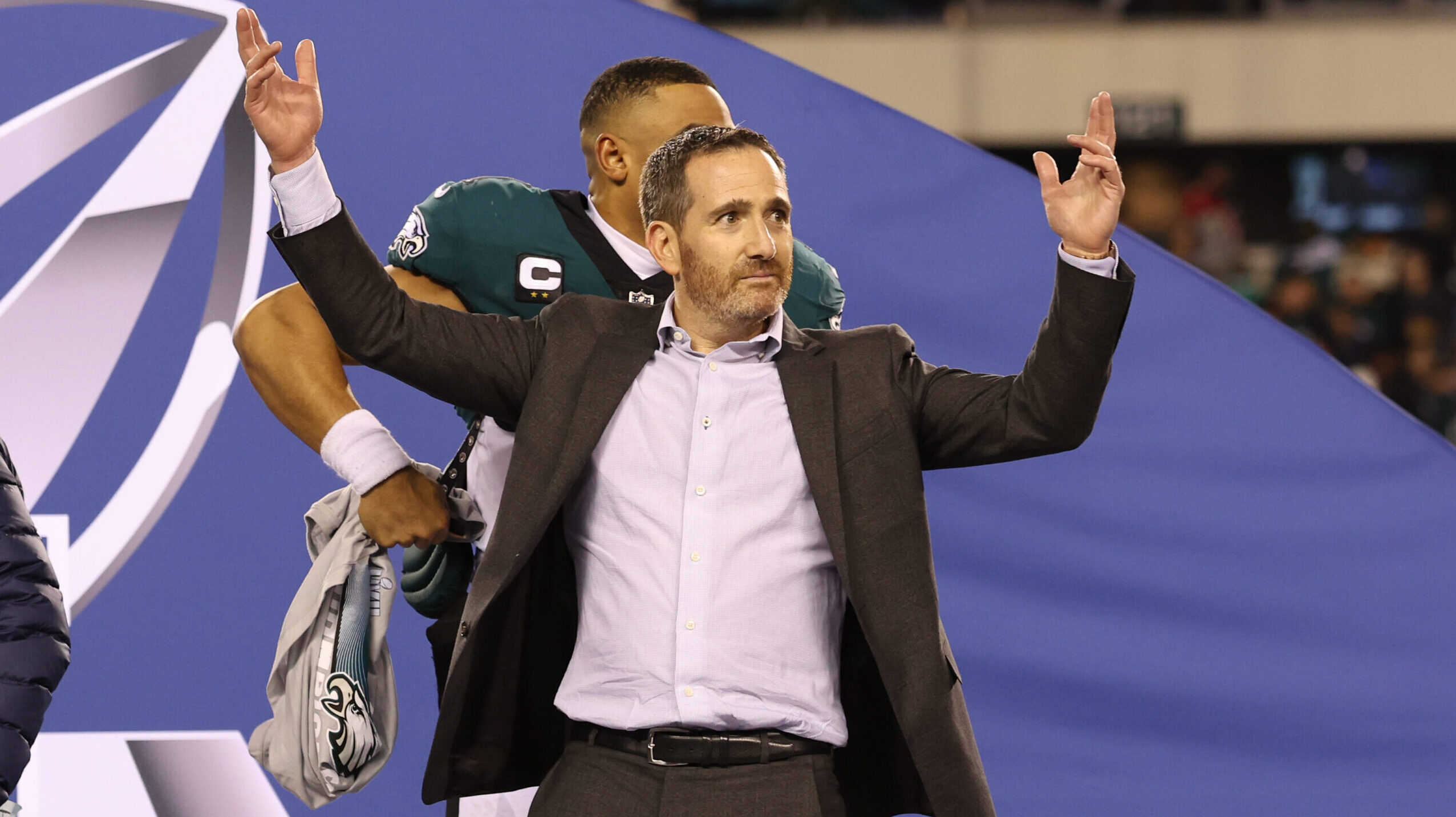
Team Leaders Embracing Change
Eagles general manager Howie Roseman, who began his career as a contracts and salary cap guy under Banner, and has won two of the previous six NFL Executive of the Year awards, is big on analytics. Both of his assistant general managers – Alec Halaby and Jon Ferrari – are analytics people.
Kwesi Adolfo-Mensah, hired as the Minnesota Vikings’ general manager last year, is a Princeton grad who got his NFL start as the San Francisco 49ers’ director of football research and development.
Cleveland Browns general manager Andrew Berry has an economics degree from Harvard and a master’s in computer science. The Browns’ chief strategy officer, Paul DePodesta, spent 20 years as an MLB analytics-oriented executive and was the inspiration for Jonah Hill's character in the movie Moneyball.
But the NFL isn’t big on change. If the league was in charge of fashion and culture, we’d still wear leisure suits and dance to disco.
The Eagles are believed to be the first NFL team to hire an in-house analytics person, and that didn’t happen until 2010. The MIT professors did some studies for them in the 90s.
In 2005, the team hired three professors from Penn’s Wharton School to do more analytics-based work for them after Lurie was introduced to Eric Bradlow, the vice dean of analytics at Penn’s Wharton Business School, at a youth soccer game.
“Moneyball had come out about that time, and he had just read it,’’ said Bradlow, who, for the last nine years has co-hosted a weekly sports and statistics show on Sirius XM with three other Wharton professors called Wharton Moneyball. “When he found out what I did, he asked me if I could do that for the Eagles. I said sure.’’
Bradlow put together a team of professors that also included Leonard Lodish, now a professor emeritus at Wharton, and David Schmittlein, who was the chair of Wharton’s marketing department and now is the dean of MIT’s Sloan School of Management.
“Our main goal was to bring an orientation of analytics to the Eagles,’’ Bradlow said. “Help them recruit and hire some full-time people. We spent four or five seasons doing some project-based work for them.
“Most of the stuff we were doing was providing data to help them evaluate players in the draft. Find out what information is valuable to predicting success. We also did a little bit of work with them on optimal team construction. Like what combination of players might do well together. We also did some early work on the value of various positions. Which positions do you need to be really good at to win?
“At the time, I don’t recall us doing much of what people today would call in-game analytics, like going for it on fourth-and-one and that sort of thing. That came later.’’
How Teams Use Analytics
Former Vikings general manager Rick Spielman said analytics became a valuable tool for them in 2010-2011.
“Scott Kuhn was a pro scout for us,’’ said Spielman, an analyst for The 33rd Team. “He had been with me since I worked in Miami, but I never realized how brilliant a mathematician he was. One day, he said, ‘Hey, would you mind if I screwed around a little bit with analytics?’ I said sure.
“He came up with some algorithms. We kind of built a baseline, taking the physical numbers from the [scouting] combine and then trying to come up with an athletic score. They did a lot of back-testing on a lot of the combine data we had forever and tried to come up with parameters. That’s how we kind of got started.’’
In 2016, Spielman made Kuhn the team’s director of analytics.
“Some of the things they came up with caught my attention. They went back and looked at left tackles drafted in the first three rounds. If they ran slower than 5.3 and their arms were shorter than 33 inches, very few ever made it.
“Every year, we tried to build another layer on top of the previous one. We came up with different types of scores. We put in the data from psychological testing and intelligence testing. And then we added the scouts’ grades on top of that. We came up with four or five different layers off that base.
“It became a valuable tool to create conversation. It got to the point where we were almost able to start cloning players. Kind of, well, Adrian Peterson has this, and this other running back has X, Y and Z of what we saw in Adrian.’’
Spielman didn’t want analytics to be considered until after the team’s draft meetings were completed because he wanted the draft board to be a pure evaluation of what they saw on tape. Once they did that, they would bring in the analytics and grade each player on all the algorithms they came up with.
“Where there were differences (from the original draft grade), it created a lot of conversation we probably wouldn’t have had.’’
Spielman said the analytical data became a significant tool for them in tie-breaker decisions and evaluating undrafted free agents.
“The undrafted guys, they were able to come up with an algorithm that eliminated 90 percent of them and brought the 10 percent to the top,’’ he said. “It was a way to identify guys that might be buried on your draft board that you might not really take a good look at. All of a sudden, it would make you take a second look. We had some success doing that with players like Adam Thielen and Marcus Sherels and C.J. Ham.’’
Unearthing Top Talent
Banner said analytics helped the Eagles find some of the franchise’s top pass-rushers over the years.
“Defensive line coaches and scouts often talk about a quick first step with a pass rusher,’’ he said. “For years, they used the player’s 40 time as a good measurement to project success. But our research showed that a defensive lineman’s 10 time was a much better indicator.
“We found that there were almost no quality pressure producers in the NFL that didn’t have a 10 time of 1.62 or better. That’s how we found Trent Cole in the fifth round [of the 2005 draft]. He weighed just 225-230 pounds at the time. He didn’t have a spectacular college career. We were going to take him in the third round, then some guys slipped. We couldn’t believe it when we got to the fifth round, and he was still sitting there.
“It helped us. We didn’t hit on every defensive lineman we picked. But the (Brandon) Grahams (first round, 2010) and the Coles’ and the Hugh Douglases (acquired in a trade with the New York Jets) and the guys that were really integral to our success, that was part of the criteria that drove us to them.’’
Every phase of football these days involves analytics, not just player evaluation. Teams use it in roster construction, in-game decision-making, training, injury prevention and more.
“All of that has changed in the last 10 or 15 years,’’ Bradlow said. “They’re even using analytics on the business side with things like dynamic pricing and customer lifetime values.
“Now that teams have sensors and motion-tracking, the data is extremely more sophisticated than we had 15-20 years ago. Whether you use it or not, you will be told whether your decisions made sense from a win-probability perspective after the game is over. There’s no hiding from the fact that there are other people out there who are going to analyze every decision you make and publish it through social media and other avenues.’’
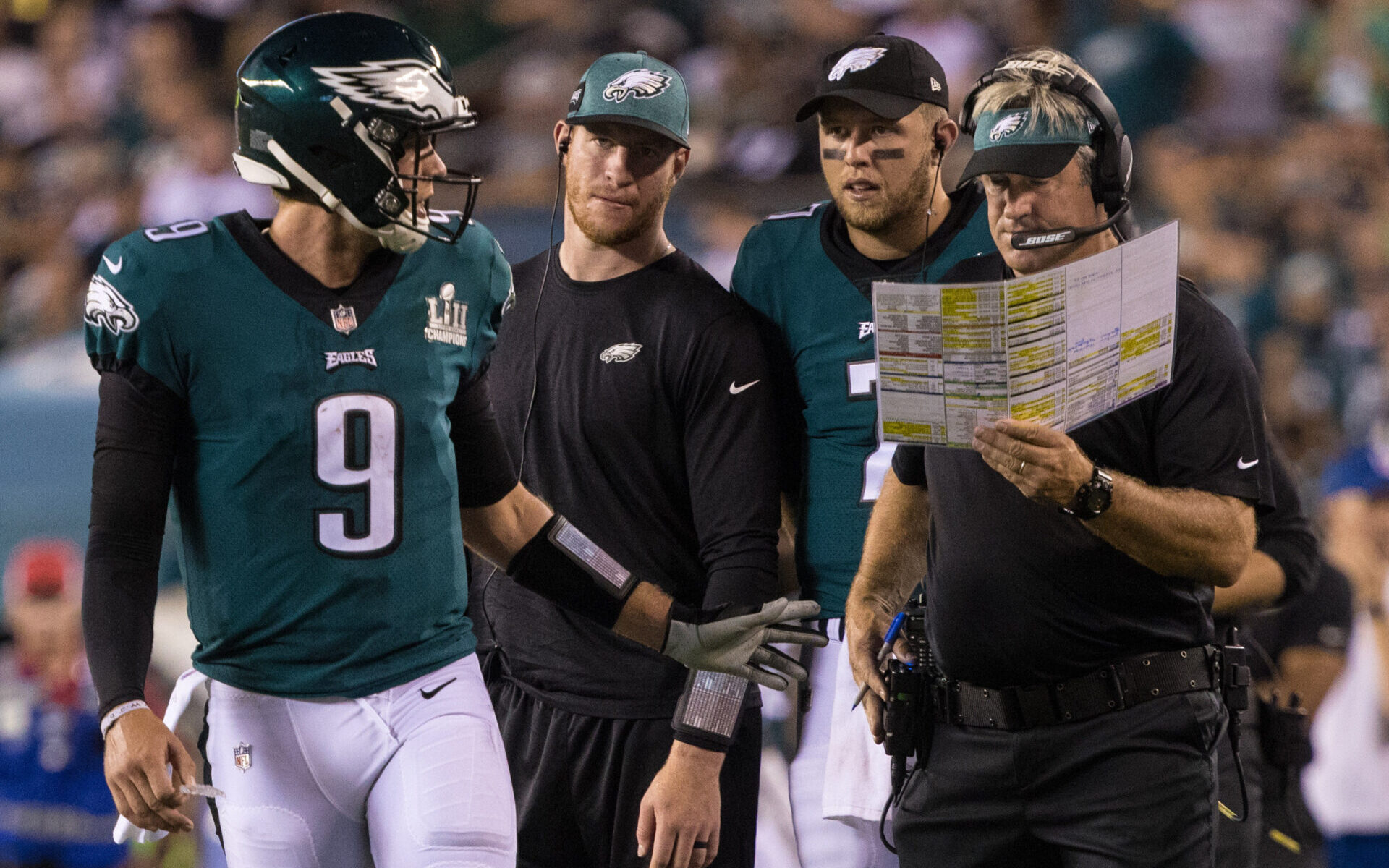
Analytics On the Super Bowl Stage
NFL teams didn’t really begin using analytics as an in-game tool until 10-12 years ago. But the Eagles’ 2017 Super Bowl run, and their fondness for going for it on fourth down put it over the top.
For years, NFL teams were reluctant to go for it on fourth down, either taking the field goal if they were close enough or punting it away and “living to fight another day.’’
In 2017, Doug Pederson’s Eagles had the second-most fourth-down attempts in the league and the third-highest success rate (65.4 percent).
In Super Bowl LII against Bill Belichick’s New England Patriots, the Eagles were 2-for-2 on fourth down, and both plays were critical to the Eagles’ victory. Up by just three in the second quarter, Pederson went for it on fourth-and-goal at the 1.
Green-lighted the Philly Special, a daring trick play in which quarterback Nick Foles drifted out of the backfield and caught a touchdown pass from tight end Trey Burton.
Then, with the Eagles trailing, 33-32, with five minutes left in the game and facing a fourth-and-1 at their own 45, they went for it again. This time, Foles hit tight end Zach Ertz for a 2-yard gain and a first down. The Eagles used the momentum from that play to drive down and take the lead for good.
“Whether to go for it or not on fourth down is a tiny, tiny tip of the analytics iceberg,’’ Banner said. “It’s nowhere near what analytics does and how it impacts the game.
“But the Eagles’ fourth-down success helped put it into the public conversation. The fact that it was a team that won the Super Bowl elevated the credibility of it and helped it step on the gas pedal a little bit.’’
Said Manocherian: “In-game analytics probably started entering the picture a year or two before the Eagles’ Super Bowl win. But that game was the moment where every GM had to have an answer for their owner about what they thought about it. And having an answer in terms of what you thought about it, even if you hated it, meant you had to at least learn something about it.’’
New Wave Coaches
An influx of younger head coaches, who were exposed to analytics at an early age and weren’t as set in their ways as the previous generation, has helped the development and popularity of analytics.
“As the coaches have gotten younger and younger, a lot of them grew up with this stuff,’’ Spielman said. “So, they’re more receptive to it, as opposed to some of the older coaches, who weren’t used to it.’’
Spielman said when he started using analytics in the Vikings’ personnel department a decade ago, many of the team’s older scouts vehemently opposed it.
“It was a revolt until they started to see how it could help you make better decisions. It wasn’t the [final] decision-maker, but it creates conversation, and it creates potential scenarios that you may not have thought of the old-school way.’’
Banner said there still are football people in the league that have no use for analytics.
"We’ve got coaches to this day that ridicule analytics,’’ he said. “They don’t want or say they need any of the information. They say they don’t want a math guy in their ear.
“You still have old-school coordinators that are like, ‘I’ve been doing it this way for 40 years, and it’s worked fine for me. I don’t need these people in my ear telling me about probabilities.’ The whole ‘non-football guy’ thing still is very real.
“Listen, you don’t want a coach who’s going to take the approach that, I have this guy who’s in my ear during the game, and I’m going to just do whatever he tells me to do because the analytics say it’s the best move. That wouldn’t make any more sense than totally ignoring analytics.
“You should be applying your own judgment. But you should also have that [analytics] information. Your inclination should be to trust [the numbers] but don’t just do what it tells you. That would be stupid.’’
Paul Domowitch covered the Eagles and the NFL for the Philadelphia Daily News and Philadelphia Inquirer for four decades. You can follow him on Twitter at @pdomo.



